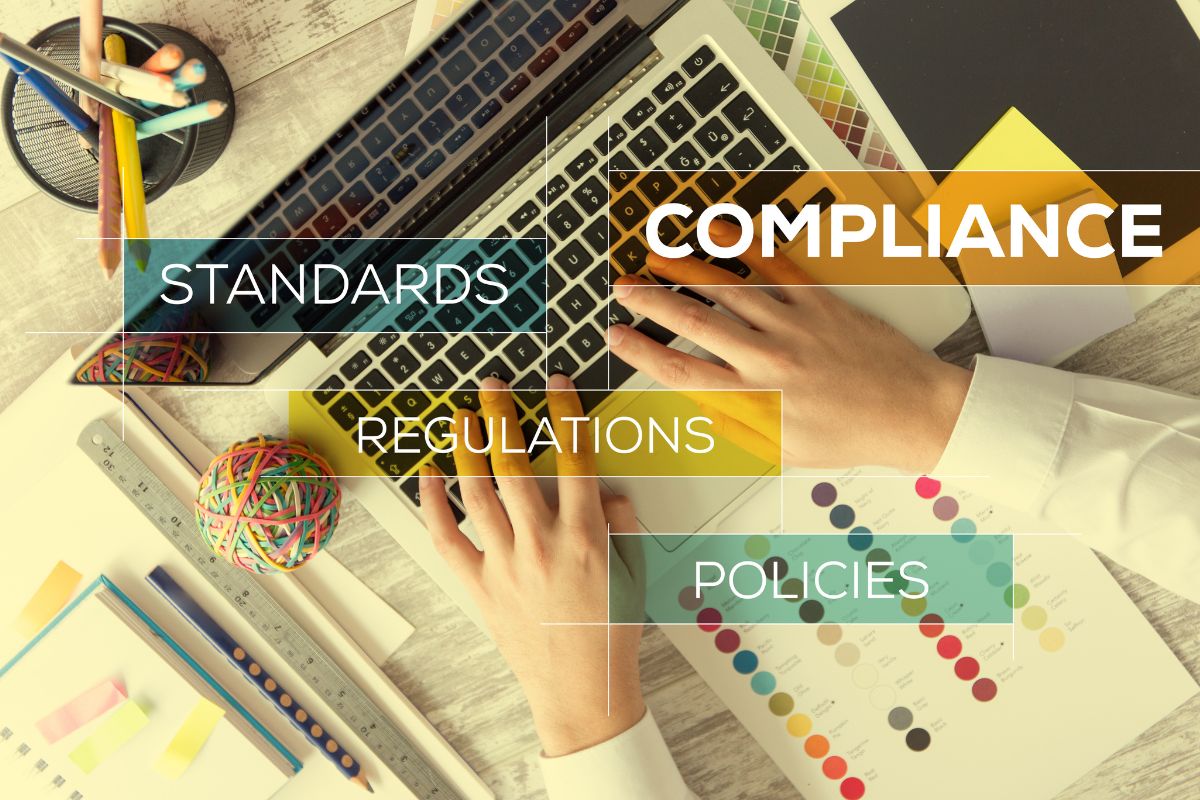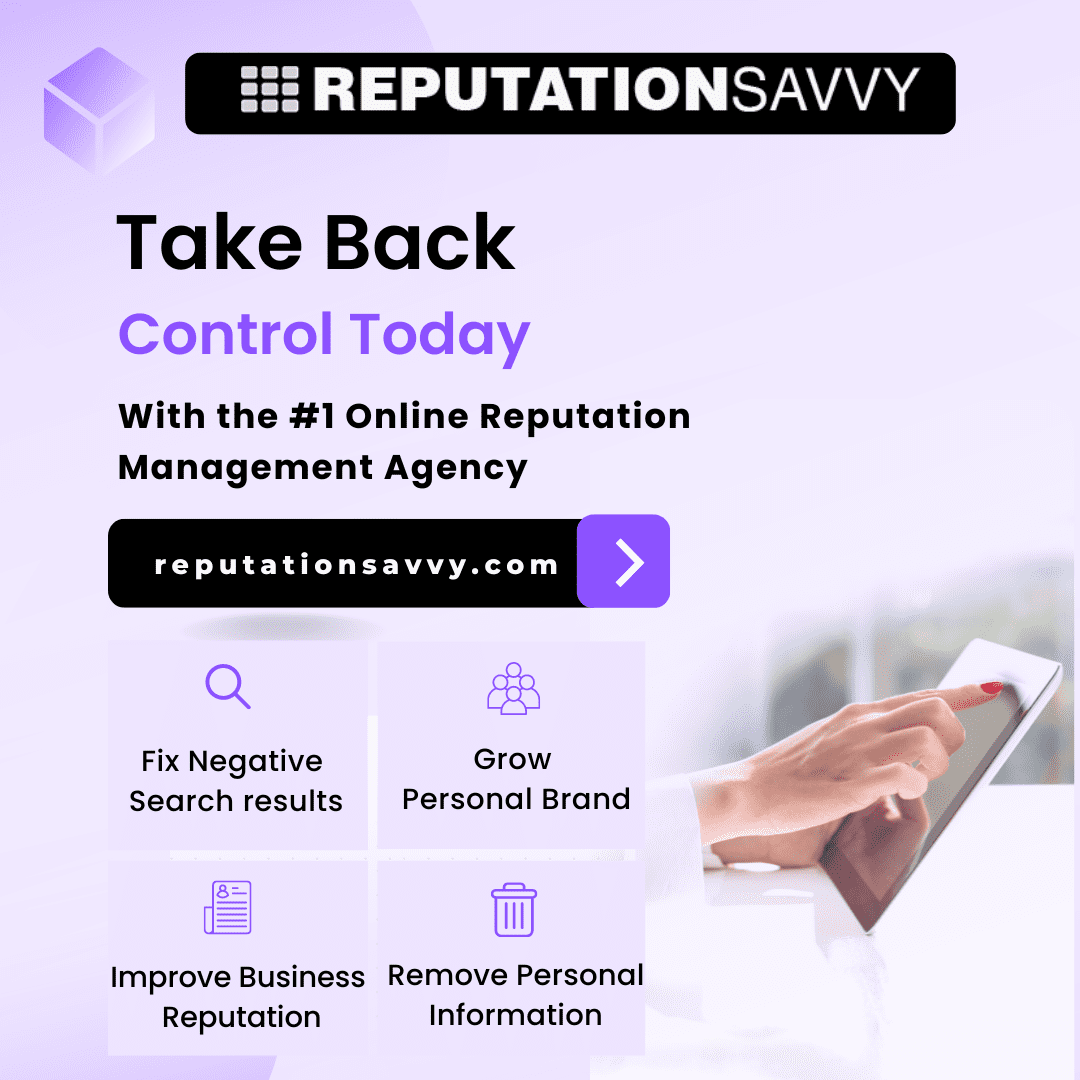As companies expand and evolve, the complexity of adhering to ever-shifting laws becomes increasingly complex. Advanced technology, however, if implemented strategically, can offer innovative solutions to make compliance processes simpler, reduce the chances of human mistakes, and maximize business efficiency. Technology should be combined with the right tools and an aggressive attitude to keep up with shifting legal demands.
The Evolving Regulatory Environment
Rules are never static; they are in endless change to adapt to new social, technological, and economic developments. Businesses that have operations in multiple areas are more complicated as they need to operate under varied laws and requirements. Market globalization has led to increased monitoring and duplicated regulation, making it increasingly hard for businesses to keep up with all the rules that they are required to follow.
Furthermore, the consequences of non-compliance are severe, including monetary penalties to reputational damage. Financial, health, and data management organizations have stringent standards of data security, disclosure, and transparency. These high-stakes environments need robust, resilient solutions for regulatory compliance.
Technology as a Strategic Compliance Partner
Rather than being a source of complexity, technology can be a helpful ally in simplifying compliance. Solutions in the digital space can help firms meet their regulatory obligations more effectively by harmonizing, automating, and rationalizing compliance efforts.
Customizable Compliance Frameworks
Compliance software today typically provides business organizations with the ability to tailor their systems according to some industry needs. For instance, businesses operating in the financial industry may incorporate software packages specifically designed to meet the special needs of Anti-Money Laundering (AML) laws. In addition, medical professionals may integrate software programs that offer assistance with compliance according to HIPAA specifications.
These flexible systems enable businesses to manage their compliance functions to their organizational structure, minimizing the likelihood of something being overlooked and mistaken. Compliance in transportation sometimes means understanding major tools like ELDs; more on that in this step-by-step guide about what is an ELD.
Data Traceability and Audit Trails
One of the key benefits of new technology is its ability to provide traceability and transparency. Cloud platforms, data management solutions, and blockchain technology can provide minute detail audit trails, recording every transaction, decision, and step that the company makes.
For businesses in regulated industries, these audit trails are invaluable. They produce transparent, timestamped records that may be recovered in the event of a regulatory audit, showing that all documents necessitated are on hand. Traceability, aside from satisfying the regulatory requirements, instills confidence in stakeholders, clients, and investors alike that the company takes high compliance standards seriously.
Overcoming Technology Integration Challenges
Even as technology offers such significant benefits, integrating it into existing operations proves challenging. Some companies make new system implementation especially challenging if the company already maintains legacy systems with the intent of complying with regulatory requirements.
Transitioning from Legacy Systems
Legacy systems are deeply ingrained in an organization’s operations, and it might seem daunting to shift to new compliance solutions. However, it can lead to inefficiencies, missed regulations, and increased risk of non-compliance if organizations stay reliant on legacy systems.
One of the answers to this dilemma is using hybrid models where new tools and old systems are used alongside each other for a period of time during transition. The solution allows organizations to enhance incrementally without significant disruption to their operations.
Overcoming Resistance to Change
Employee resistance to adopting new technologies is a common challenge. If people are accustomed to traditional means of compliance, there can be resistance to computerized systems. However, the solution to such resistance is to demonstrate the benefits of these technologies, such as increased efficiency, reduced manual errors, and ease of reporting to regulators.
Regular workshops, hands-on training sessions, and open discussions regarding the advantages of new technology will make it smoother and simpler to adopt.
The Role of Artificial Intelligence and Machine Learning
Artificial Intelligence (AI) and Machine Learning (ML) have revolutionized many sectors, and their use in compliance is not any different. These technologies can be used to monitor compliance activity on a regular basis, identify patterns quickly, and warn of possible future regulatory violations in advance.
For instance, software supported by AI can quickly review contracts, legal papers, or transactions for conformity to new laws. In the financial sector, AI algorithms can identify the likelihood of fraud or non-conformity by analyzing history, and hence organizations can take proactive steps before any compliance or fraud event.
In addition, with mounting volumes of data and a growing number of regulations, AI can assist in compliance by automating tedious tasks and freeing human resources for strategic decision-making and more complex aspects of compliance management.
Building a Culture of Compliance
While technology can assist with compliance, building compliance into the culture of the organization is also important. Technology should be viewed as a compliance facilitator and not a replacement for human oversight.
Employee Engagement and Awareness
Compliance can be fostered by ongoing employee training. Compliance does not rest solely with specialized compliance staff; it must be integrated into the culture of the organization.
Such training and awareness programs must be conducted on a routine basis so that all employees are made aware of the necessity for compliance and their individual role in maintaining compliance. Allowing employees to effectively utilize new compliance technology and informing them of any discrepancies or issues can also reduce the risk of non-compliance.
Leadership Commitment
Commitment of leadership is crucial in creating a compliance-focused culture. Leadership, by sending a clear message of seriousness attached to obeying laws and regulations through their personal commitment, sends an unambiguous signal to all employees that compliance is high on their priority list.
Compliance program along with the right technology empowers employees to feel empowered to take ownership of the compliance within their own roles towards the success of the business as a whole.
Conclusion
With the age of compliance so dominant in ensuring practices that can be sustained, technology gives businesses the tools to stay one step ahead. Adopting systems which are flexible, tapping into the power of AI, and having an organizational culture of compliance enable businesses to move freely through the maze of regulatory requirements.










